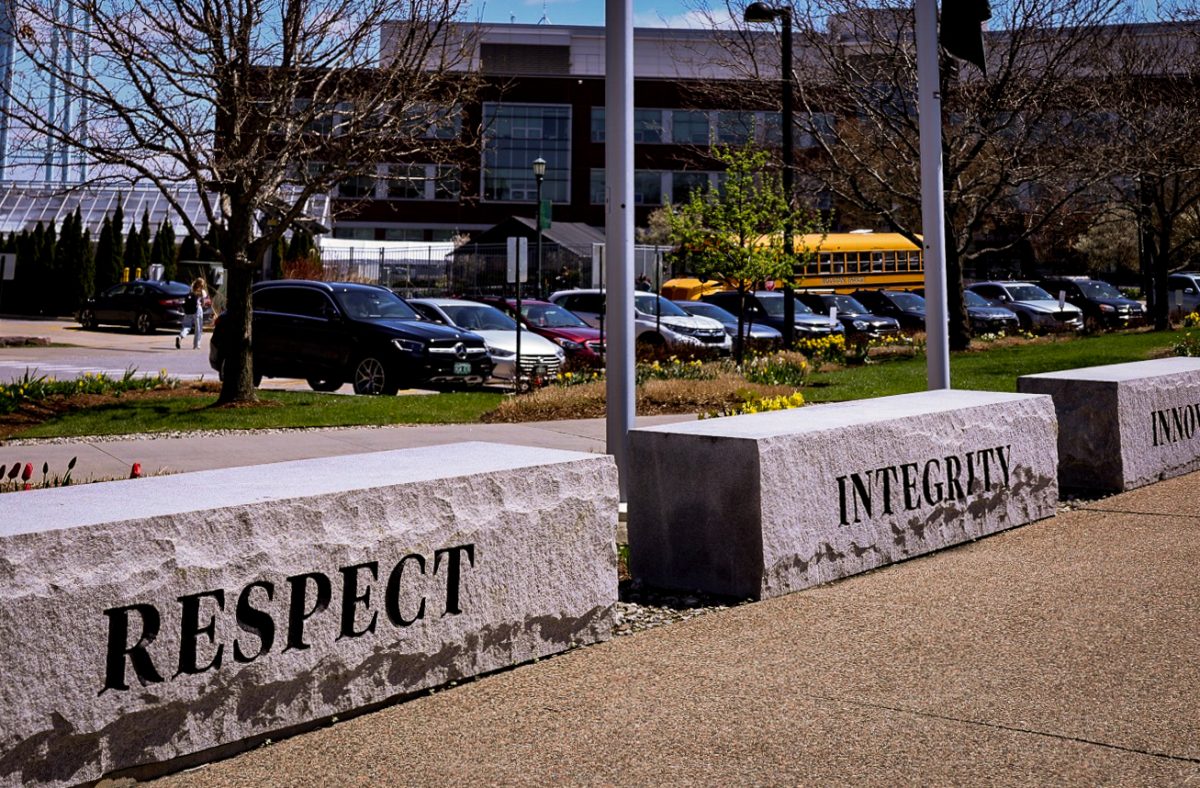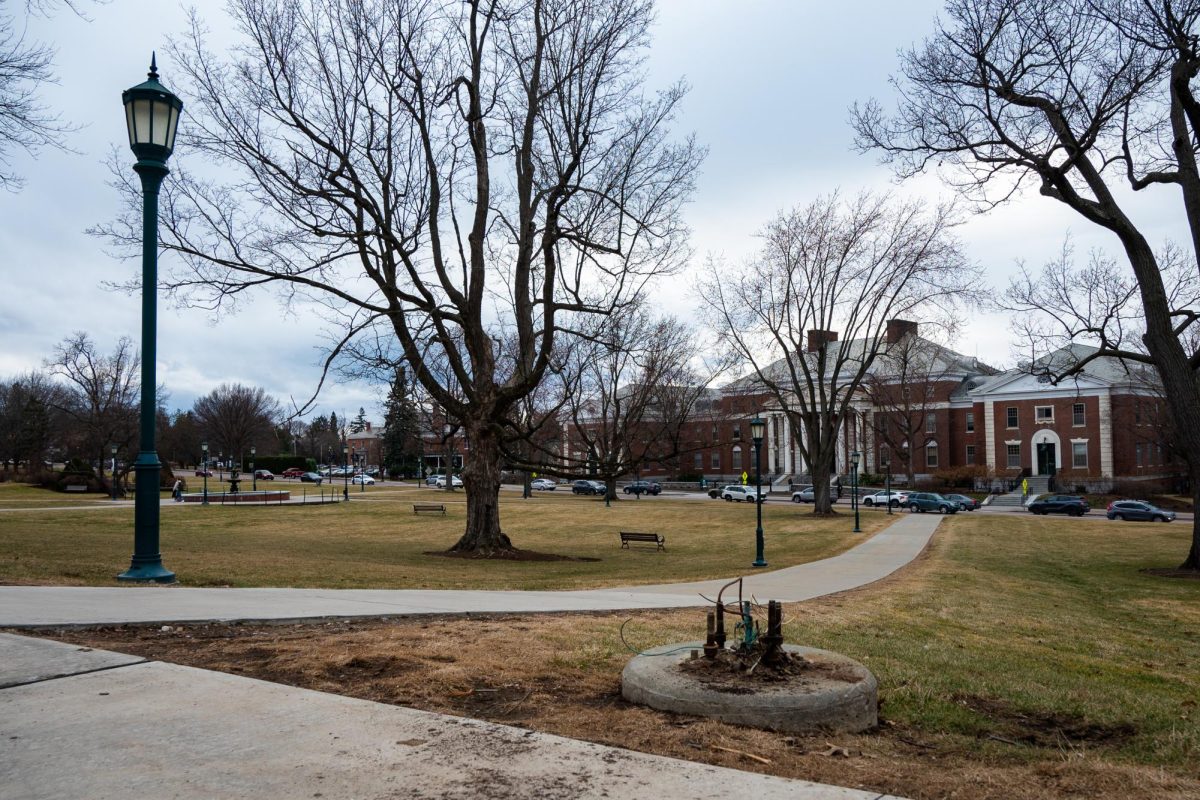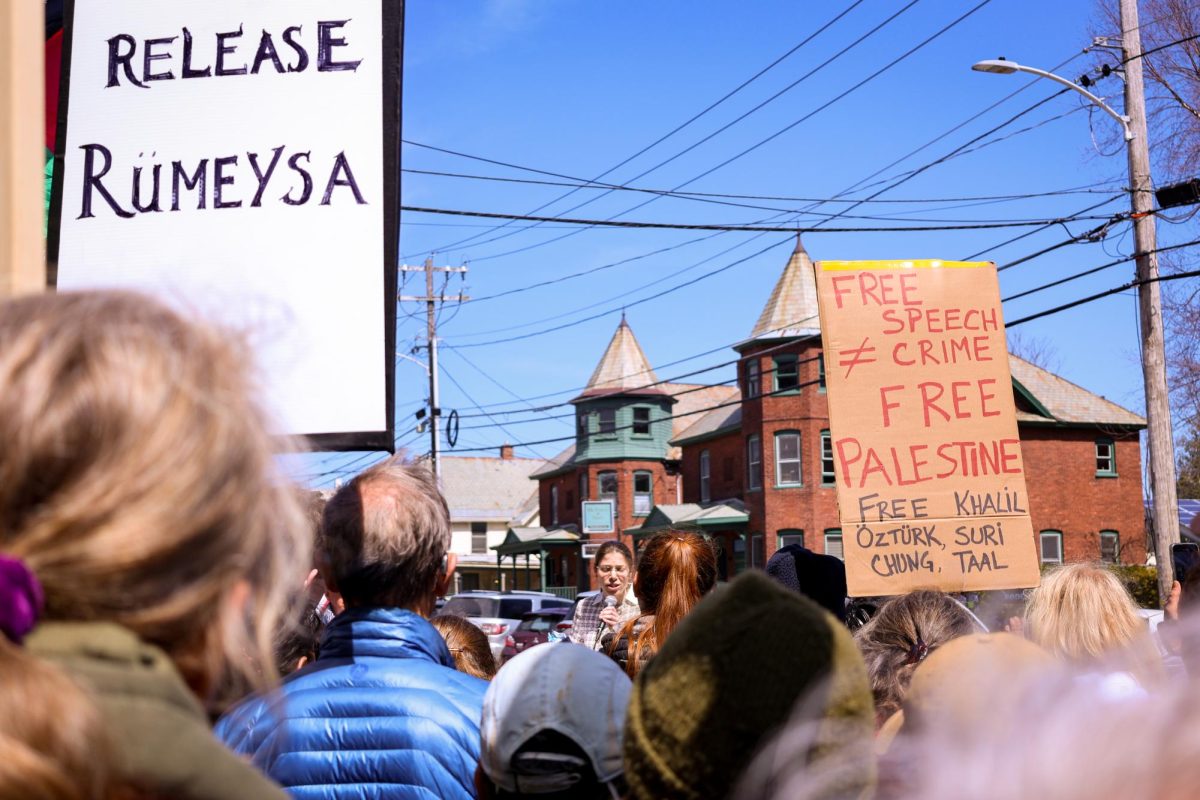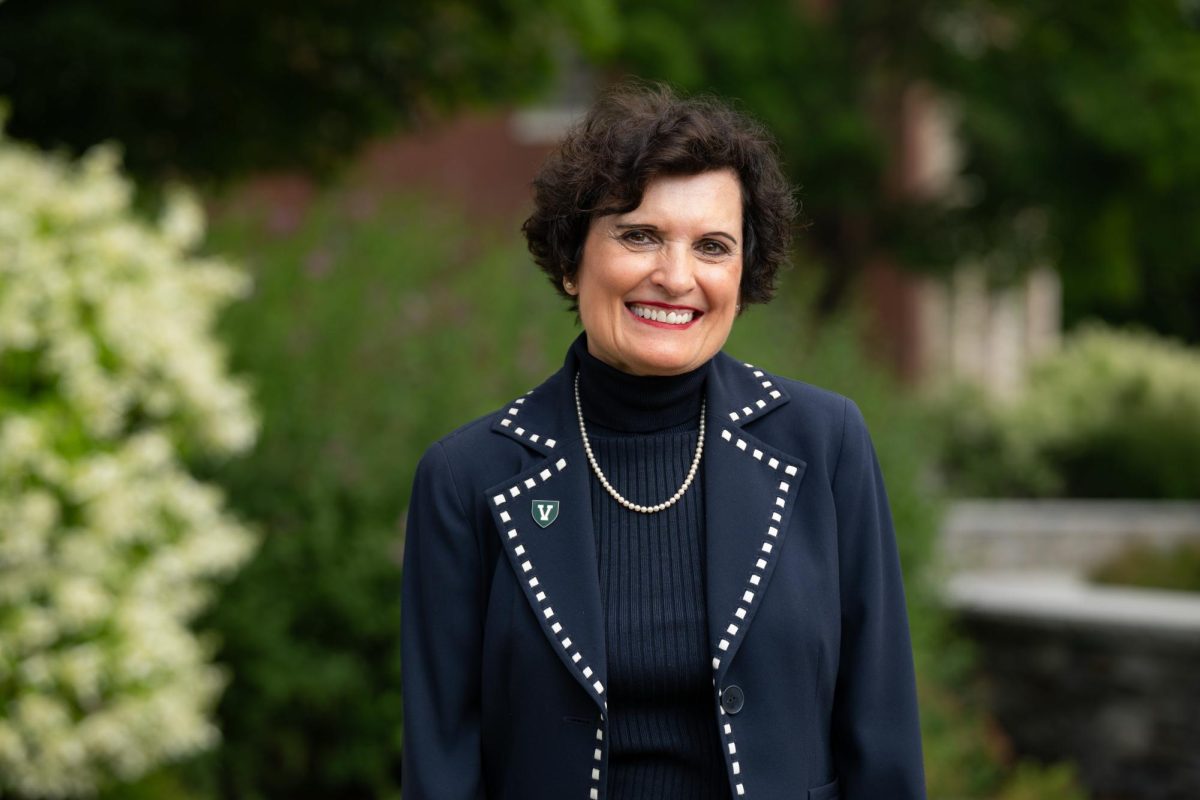VC: Is UVM’s budget going to remain stable? Fogel: You know, we really hope it will stabilize. The reason for looking at a two-phase process is that there are a number of issues that will affect our revenue estimates by mid-spring. We just thought we should play for time to see what happens not only with the state appropriation, but also with our projected tuition revenues next year based upon our best enrollment projections, including the yield on the incoming class and the net of financial aid. We are increasing financial aid by a full $10 million next year including a decision as we work through this budget challenge to increase that amount by $3 million over the earlier plan. We are also keeping an eye on our grants and contracts, which so far look very strong, stronger than last year, but they bring in a lot of money from indirect cost recovery. And we will be watching the investment income as well. Then we’ll make a decision as to whether further layoffs are necessary. We hope not, but we are trying to take a sensible approach to an inescapable financial reality and we are trying to put the budget on a really sound and sustainable footing going forward, which means that we need to permanently address the balance of the base budget, both in terms of revenue and spending. The economists fear that the downturn will get much worse before it gets better, and perhaps over a long period of time. And that makes it even more pressing for us to get those fiscal foundations really solid now, because our goal, as you know, is to maintain and continue to build academic quality, to keep the positive trajectory of the University rising, and to come out of this stronger and earlier than most other colleges and universities. From everything that we can gather and from what we’ve seen, that they are facing much more severe challenges than we are. VC: Was there any consideration to restructure some departments to legally terminate tenured or tenure-track positions? Fogel: Absolutely not. The tenured and tenure-track faculty are the core of the academic excellence and our first principle when approaching budget reconciliation has been to preserve academic quality, including the quality of the student experience. It has always been a principle of ours that we would not, certainly not, look at the layoffs of tenured and tenure-tack faculty. As you probably know, our plan over the last few years for the University has included the addition of 81 net new tenure-track faculty positions. So if I take 22 [faculty positions left vacant] less the 81, we still have a net-growth of 59 tenure-track faculty positions with no layoffs of faculty. There is a different situation, of course, with the lecturers. They are a very important and, I would say, highly valued part of the instructional faculty. So as far as we can tell, it appears that there are as many as 12 full-time lecturers who are likely not to be re-appointed next year. VC: Out of how many? Fogel: I don’t know. Hundreds. It appears at the moment that there maybe be as many as 12 full-time [lecturers that will not be re-appointed], and in addition [there will be] a much larger number of people who teach maybe one course a year, or two courses a year, and who add up to less than 12 full-time equivalents, or perhaps ten. The reason it is hard to say how that will sugar off [sic], is that … they don’t have multi-year contracts. They are on one-year contacts and many of them are annually rehired in August. I think it is a safe bet that there will be fewer re-hired, but how many fewer is hard to tell because that depends on the decisions that Deans and departments make in response to changing enrollment patterns and the changing of departmental needs very close to the beginning of the Fall semester. VC: What drove the cuts for the men’s baseball and women’s softball teams? How much money will be saved?Fogel: For those two teams, I believe that the savings come to something between $850,000 and $900,000. And, you know, you can’t cut one without cutting the other, because of Title IX. The participation of men and women in athletics, under federal law, has to be proportional to the proportion of men and women in the student body, and so does the allocation of athletic scholarships – ‘athletic grants and aids’ as they are known in the trade. So you couldn’t cut a women’s sport without cutting a men’s sport. And, in fact, if you cut the men’s sport and not the women’s sport there would begin to be a reverse gender inequity. So, it is a tricky proposition, you know, it is very painful. Softball is a relatively new sport at UVM, and we have a long tradition in baseball, but it is truly an expensive sport for us. And we are in a difficult spot – we have a limited number of home games we can play given the climate for those sports and very high costs given the travel to more temperate climates during much of the collegiate baseball season.We asked department heads to make decisions that were strategic and it is the same with athletics. As painful this decision was, I am fully supportive of Athletic Director Robert Corran in making those decisions. VC: Were these teams notified beforehand?Fogel: They were notified today. Both the coaches and the players, yes, this morning.VC: What was the mentality behind cutting the physical therapy services?Fogel: We felt the services are available through Fletcher Allen Health Care and that was an area where we could help to bring expenses and revenues down. And of course the Center for Health and Welbeing is a fee-supported area where you face a choice with an organization supported by income and expense, budgets of either curtailing operations or increasing fees.Given our very large investment in student financial aid, we’ve increased the value from $52 million to $62 million in one year to support students and their families with what they’re facing in this difficult economic climate. VC: Is the $10 million additional dollars toward for financial aid mandated legally?Fogel: No, there’s no legal mandate for financial aid. In fact, I suppose we could offer no financial aid at all, but, no, it’s an estimate of what we need to do to still be competitive, to attract very capable and diverse and motivated students to the University and to address all of the changes in student need. You know, we, like other schools have seen and increase in FAFSA applications and we don’t think they tell the real story about student needs, so we’re partly hedging our bet against what the real story is. If they’ve [the student’s providers] lost their jobs, if they’re out of employment now, we won’t see that yet in the FAFSA, so we expect the need and the expected family contributions to grow beyond what was reflected on those FAFSAs based on 2007 federal tax returns.So we’re hedging our bets against that, we want to create as much of a safety net as we can under our students to help them and also to maintain the quality of the academic programs, especially high-quality and diverse student enrollment.VC: Was there an act or contract between the Faculty Union and UVM?Fogel: Well, no faculty are getting laid off.VC: Well, staff then?Fogel: Let me go back to what I said in the beginning. We are deeply mindful of the impact of job loss on individuals. We are going to be working hard to transition people to new jobs including wherever feasible placement in vacant positions within the University.We’re talking about 16 people – Dartmouth just laid off about 60 people. Our situation is truly very different and on a much smaller scale than what we’re seeing at other public and private institutions around us.In terms of contracts – for the staff that have contracts, for the staff represented by trade unions – their severance packages and post-employment benefits are all specified in their contracts, in their negotiated collective bargaining agreement with the unions that represent them.Of course those will be fully honored.Most of the staff that are being laid off are not represented. Some are, but most are not and for those we have designed our own packages of support. For instance, we are giving them, with the University’s normal generous contribution, medical and dental coverage for two months after their employment ends, which we hope will give them time to transition to spousal insurance plans or to Vermont’s Catamount Health Plan or the Cobra programs, which are now being subsidized quite heavily by President Obama’s stimulus package.We are allowing them and their children to continue go to UVM tuition free if they are in degree programs until they finish their degrees, and for those who are approaching eligibility by age and length of service for having all of the medical benefits our retirees get, we are working out bridge programs to support them.
Categories:
Full transcript with President Fogel
February 23, 2009
0
More to Discover







